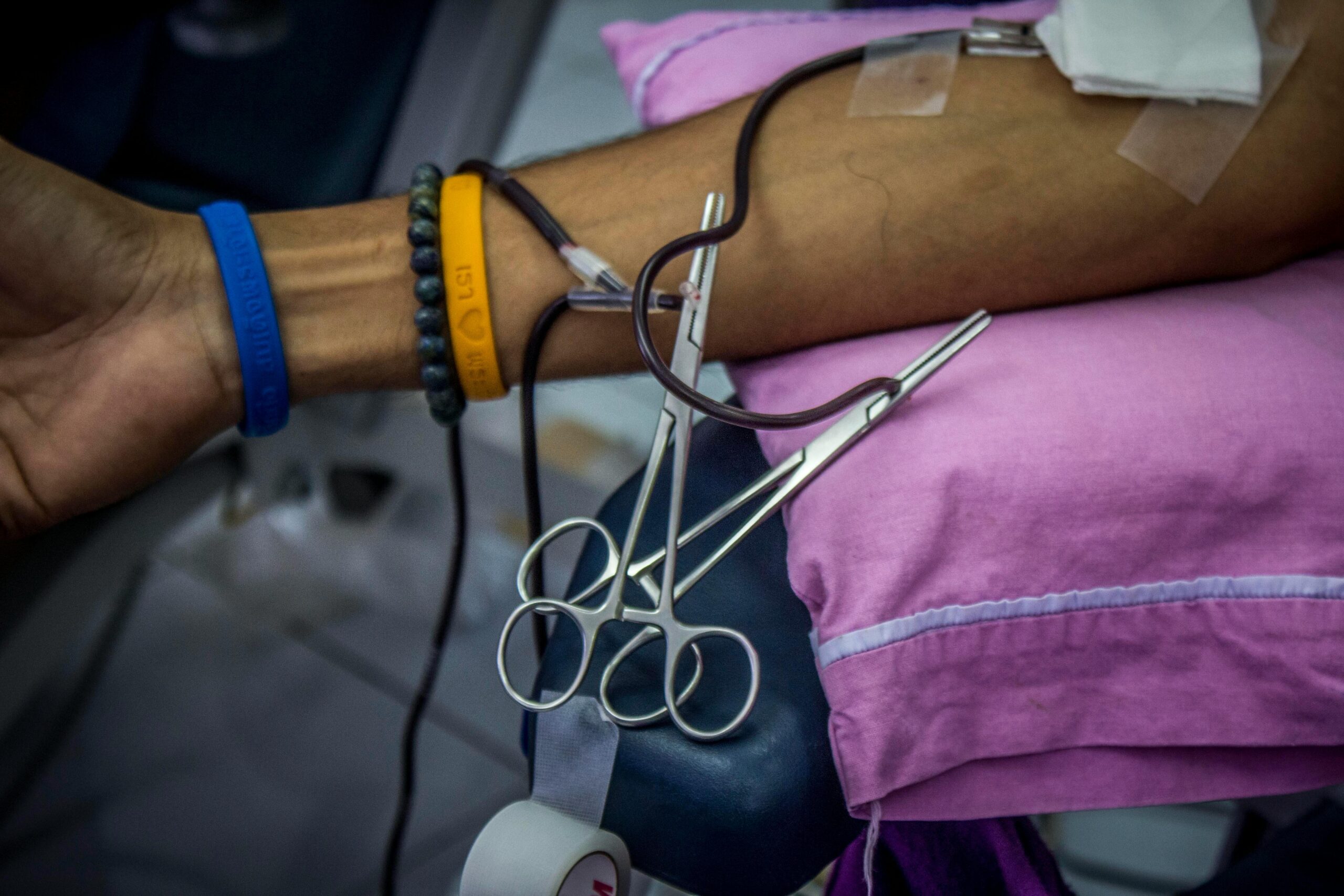Initiatives for blood donations are known to provide communities with life-saving benefits. They also help to improve healthcare systems and the lives of patients. Without question, blood donation has become an important part of community development as it promotes public health and welfare.

- Blood donation rates in Manila vary throughout the year due to seasonal events such as holidays, monsoons, and school vacations.
- During election seasons in Manila, public attention frequently shifts to political campaigns, which reduces the emphasis on blood donation programs.
Seasonal Blood Donation Trends in Manila
Blood donation initiatives address crucial needs in hospitals and medical facilities. This fact cuts across the whole world. In other words, it is a simple yet crucial initiative to support patient care and save lives. To break this down, we will look into the seasonal trends impacting donation rates in Manila.
1. High Demand During the Summer Months
In Manila, the summer months, from March to May, often experience an increase in the need for blood donations. This is due to the rise in road accidents, outdoor injuries, and heat-related medical conditions. In addition, the school vacation period contributes to a shortage of donations, as many regular student donors are unavailable. Schools and universities are significant contributors to Manila’s blood supply, and their absence creates a noticeable gap in donation numbers.
2. Holiday Season Decline
The Christmas season, from November to January, brings another significant decline in blood donation rates. People focus on celebrations, travelling, and family gatherings, so fewer individuals participate in donation activities. At the same time, the demand for blood also increases due to heightened incidents of accidents, food poisoning, and other health issues associated with the holiday festivities. Hospitals frequently face shortages during this period. Therefore, they encourage donations before the holidays begin.
3. Rainy Season Challenges
From June to October, Manila experiences its monsoon season. This presents some challenges for blood donation. Heavy rains and floods dissuade individuals from visiting donation sites. Aside from that, outbreaks of diseases like dengue fever are typical during this time. This creates an increased need for platelets to treat affected patients. Blood banks struggle to maintain a stable supply due to the number of donors decreasing despite the increase in the demand for blood products.
4. Election Season Effect
During election periods in Manila, public attention often shifts to political campaigns, this reduces focus on blood donation drives. Also, public gatherings during rallies and voting periods can increase the risk of accidents or injuries, leading to a rise in blood demand. Encouraging donations before elections can help address potential shortages.
5. Back-to-School Season Effect
The back-to-school period often sees a decline in blood donations. This is because students and families prioritise academic preparations. Hence, several student donors are unavailable due to busy schedules and school activities. To counter this trend, holding donation campaigns in educational institutions before the school year starts can help maintain blood supply levels.
Conclusion
Fluctuations in donating blood due to varying seasons pose significant challenges to Manila’s healthcare system. Understanding these trends can help drive initiators to address blood shortages.
If this article resonates with you, we welcome your thoughts, suggestions, and questions. Together, let’s amplify the chorus of change by sharing your comments at the bottom of this post.


